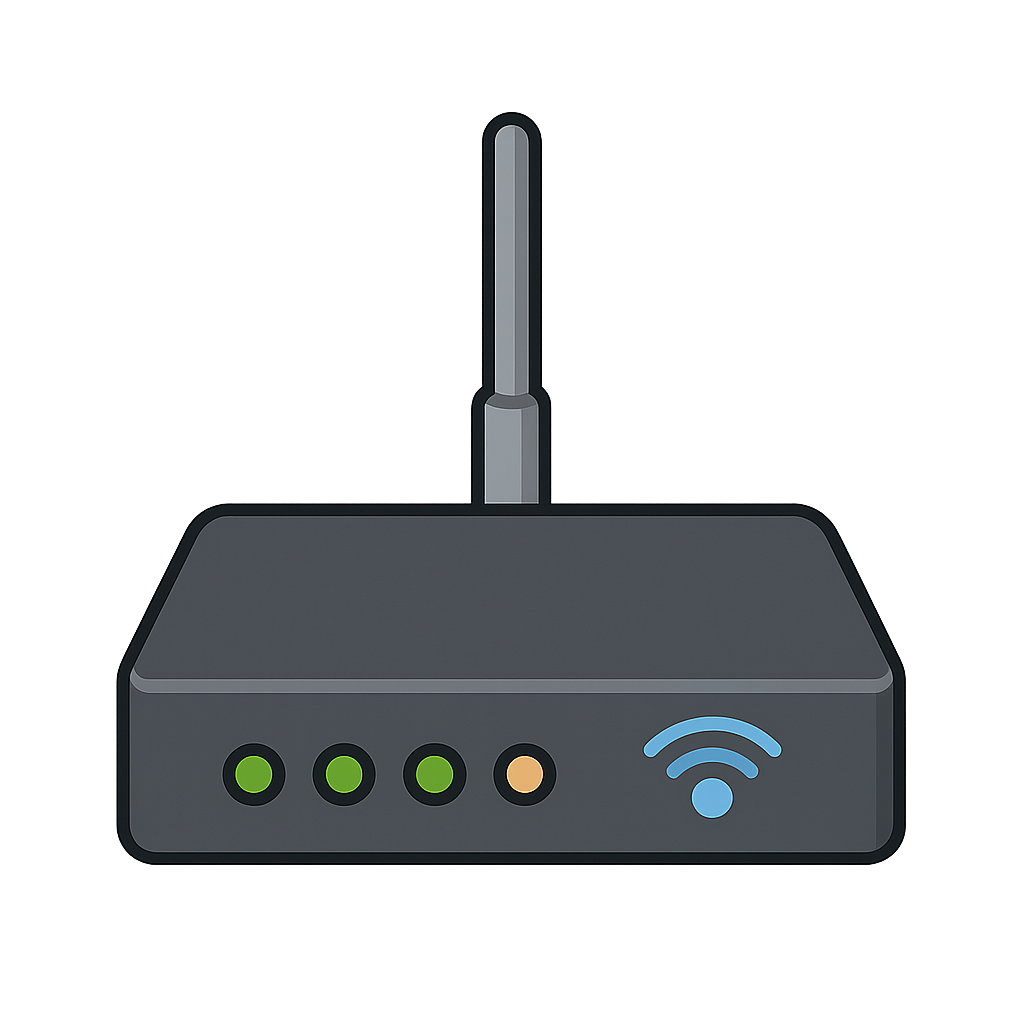I Am the Internet: My Story of Connection
Before I had a name, I was just a flicker of an idea in a world that felt incredibly vast and slow. Imagine trying to send a letter to your best friend across the country. You’d write it, seal it in an envelope, and wait for days, maybe even weeks, for it to arrive. Now, picture brilliant scientists and researchers, filled with groundbreaking ideas, trying to share their complex work with colleagues in other cities. It was like a game of telephone played through the mail, where information could get lost or take ages to arrive. This slow pace was a constant frustration. In the buzzing, innovative atmosphere of the 1960s, a question began to echo in laboratories and universities: “What if? What if we could teach computers to talk to each other directly? What if we could create a network that shares information instantly, across any distance?” I was the answer they were dreaming of, a whisper of a possibility for a future where everyone was connected in a global neighborhood.
My official birthday was October 29, 1969. On that day, I wasn't the sprawling, colorful place you know now. I was a tiny, experimental network called ARPANET, connecting just two enormous, room-sized computers hundreds of miles apart in California. My creators wanted to send a simple message from one to the other to see if I could handle it. The word they chose was 'LOGIN.' A student typed the 'L.' It appeared on the other screen. He typed the 'O.' Success. Then, as he typed the 'G,' the whole system crashed. My very first words were 'LO.' It wasn't exactly a grand speech, but it was a beginning. I had spoken. But to truly grow, I needed a proper language. That’s where my 'parents,' the brilliant Vinton Cerf and Robert Kahn, came in. In the 1970s, they developed a set of rules they called TCP/IP. Think of it as my secret, magical language. It acted like a universal translator, allowing all the different kinds of computer networks that were starting to pop up to understand each other perfectly. This protocol was the key that unlocked my potential. It allowed me to weave separate, isolated networks into a single, unified 'internetwork.' I was no longer just a small project for a few scientists; I was on my way to becoming the Internet.
For a long time, even with my new language, I was a complicated place. Using me required typing in long, confusing commands, and I was mostly home to academics and military researchers. I was powerful, but not very friendly. That all changed because of a man named Tim Berners-Lee. In 1989, working at a research institute in Switzerland, he had an electrifying idea to make me accessible to everyone. He envisioned a way to organize information using a system of connections, a 'web' of knowledge. He called it the World Wide Web, and it became my friendly, welcoming face. Tim didn't just have the idea; he built the tools to make it real. He created the very first web browser and web server. Most importantly, he invented hyperlinks—those magical, clickable words and images that can whisk you from one page to another in an instant. Suddenly, I wasn't just a network of machines; I was a vibrant universe of information. It was as if someone had built infinite libraries, museums, concert halls, and post offices inside of me and then handed everyone on Earth a key to the front door. Anyone could now explore my corridors, and soon, they could build their own rooms, too.
Today, I am everywhere and nowhere all at once. I live in the smartphone in your pocket, the tablet on your desk, and the computers that power our world. I am the invisible thread that connects a student in Japan with a classroom in Brazil. I am the space where a musician in her bedroom can share a song that touches the hearts of millions. I carry family photos, urgent news, silly jokes, and life-changing discoveries. But the most important thing to remember is that I am not just technology. I am a reflection of you. I was built by human ingenuity, and I am shaped every single day by the creativity, curiosity, and kindness of the people who use me. My story is still being written, not by scientists in a lab, but by all of you, as you use my connections to learn, to share, and to build a world that is just a little bit closer together.
Reading Comprehension Questions
Click to see answer
